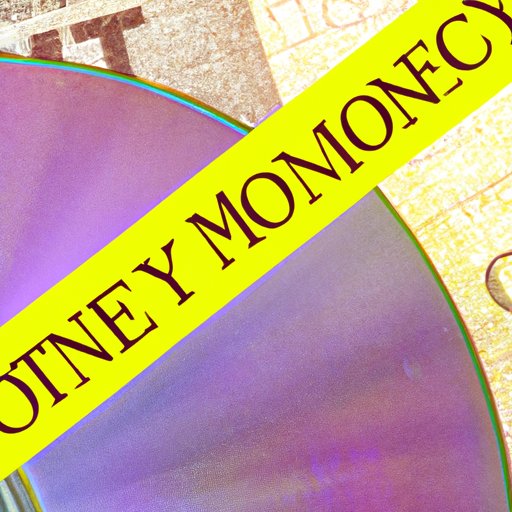
I. Introduction
The money market is a crucial part of the financial system that helps facilitate short-term borrowing and lending. It allows individuals, corporations, and governments to access funding quickly and efficiently. In this article, we will provide a beginner’s guide to understanding the money market, explore the various players, discuss the impact of interest rates, and evaluate the risks and rewards of investing in the money market.
II. A Beginner’s Guide to Understanding the Money Market
The money market is a market where large financial institutions deal in short-term financial instruments such as treasury bills, commercial paper, certificates of deposit, and repurchase agreements. These institutions trade in these instruments for the purpose of borrowing and lending in the very short term, usually for a period of one year or less.
It is important to understand that the money market is not a physical market, like a stock exchange, but rather a network of financial institutions that trade with one another on a regular basis.
Investing in the money market can be a great way to earn interest on short-term investments while preserving capital. It is a low-risk investment option that offers competitive returns compared to other low-risk investments.
III. Exploring the Various Players in the Money Market
The money market comprises various players, including banks, corporations, and governments. All players have different reasons for participating in the market, but they all share the need for short-term financing.
Banks are the most common players in the money market since they offer short-term loans to other financial institutions and large corporations. They also use money markets to invest their excess cash holdings.
Corporations use the money market to finance their short-term needs. They issue commercial paper, which is an unsecured, short-term debt instrument that can be an alternative to bank loans.
Governments also participate in the money market by issuing treasury bills, which are short-term, low-risk debt instruments that are used to fund the government’s operations.
IV. The Impact of Interest Rates on the Money Market
Interest rates have a significant impact on the money market. When rates are high, borrowing costs increase, and investors are more likely to invest in the money market to gain higher yields. When rates are low, borrowing costs decrease, which can lead to increased borrowing and investing in riskier assets.
Changes in interest rates impact the various players in the money market differently. Rising rates can decrease the demand for corporate borrowing, which, in turn, can reduce the supply of commercial paper issued by corporations. Lower rates encourage more borrowing, which can increase the supply of commercial paper.
V. How Corporations Utilize the Money Market for Short-term Financing Needs
Corporations have a few options for accessing the money market, including issuing commercial paper, certificates of deposit, and repurchase agreements.
Commercial paper is an unsecured, short-term debt instrument that corporations issue to finance their short-term needs. These notes typically have a maturity of less than 270 days and can be sold to banks, other corporations, or individual investors.
Certificates of deposit (CDs) are issued by banks and offer higher yields than traditional savings accounts. CDs usually have a maturity of several months to several years.
Repurchase agreements (REPOs) are short-term collateralized loans used to finance operations. In a repurchase agreement, one party sells assets to another party with an agreement to buy them back at a later date.
VI. The Rise of Money Market Funds as a Safe Haven Investment Option
Money market funds are mutual funds that invest in short-term debt instruments, such as treasury bills, commercial paper, and CDs. These funds offer a safe haven for investors since the investments are short-term with a high level of liquidity.
Money market funds are considered a low-risk investment option since they invest in highly-rated short-term debt instruments and have a low potential for default. They also offer higher returns than traditional savings accounts and are highly liquid, which means they can be easily converted into cash.
However, there are some drawbacks to investing in money market funds. They may have lower returns than other investments, and they are not federally insured like bank accounts.
VII. Investing in the Money Market: Risks and Rewards
Investing in the money market can be a low-risk way to earn interest on your investment while preserving capital. However, like all investments, there are still some risks to consider.
The main risk of investing in the money market is interest rate risk. If interest rates rise dramatically, the value of a money market investment may decline. Additionally, money market funds are not federally insured, which means there is a risk of losing your principal if the fund holdings decline in value.
To mitigate these risks, it is recommended that investors diversify their money market investments and monitor interest rates closely.
VIII. Conclusion
The money market is an essential part of the financial system that enables short-term borrowing and lending. Investing in the money market can be a low-risk way to earn interest on your investment while preserving capital. While there are risks involved, careful monitoring and diversification can help mitigate these risks.
Overall, the money market is an excellent investment option for individuals and corporations looking for low-risk, short-term investments.





